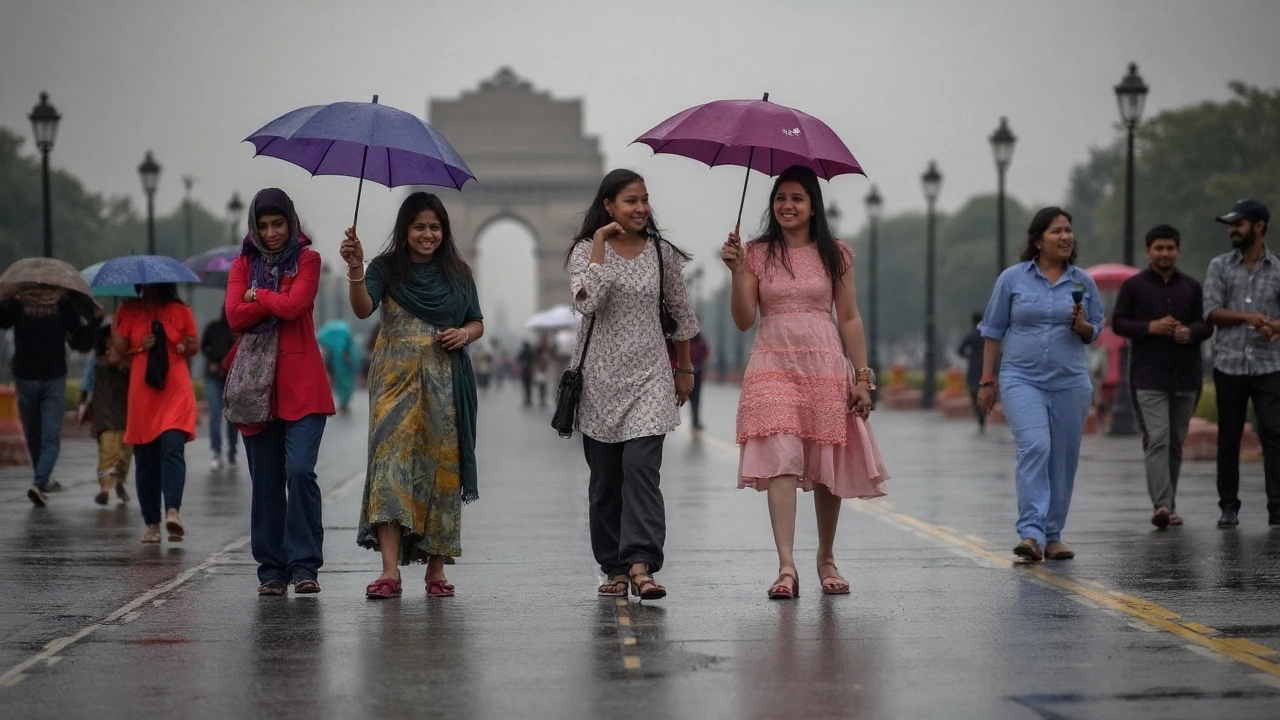Heat Index Explained: What It Is and How It Affects You
Ever stepped outside on a sweltering day and felt like the air was punching you? That feeling isn’t just the temperature on the thermometer. It’s the heat index – a number that mixes temperature and humidity to tell you how hot it actually feels.
The heat index is more than a weather buzzword. It helps you decide whether to grab a water bottle, slither back indoors, or keep the kids playing in the yard. Understanding it can keep you from over‑heating and make everyday decisions easier.
Why Humidity Matters
When the air is dry, sweat evaporates quickly, pulling heat away from your skin. That’s why a 90°F day with low humidity can feel tolerable. But add humidity, and sweat sticks around, trapping heat. The heat index jumps up fast – a 90°F temperature with 70% humidity feels like 106°F.
Weather services calculate the index using a formula that dates back to the 1970s. They plug in the temperature and relative humidity, then output a “feels‑like” number. Most smartphone weather apps already show it, but many people ignore it because it’s hidden in fine print.
Practical Tips to Beat the Heat
First, check the heat index before you head out. If it’s above 105°F, plan indoor activities for the hottest part of the day, typically 11 a.m. to 4 p.m. If you must be outside, wear light, breathable clothing, a wide‑brimmed hat, and sunscreen.
Stay hydrated with water, not just soda or coffee. A good rule is to drink a glass every 20 minutes when the heat index is high. Carry a portable fan or misting bottle if you’re in a spot with no shade.Watch out for signs of heat‑related illness – dizziness, headache, heavy sweating, or a rapid pulse. If you or a friend show any of these, move to a cooler place, sip water, and cool down with a wet cloth or a cool shower.
Kids, pets, and the elderly are especially vulnerable. Make sure they have plenty of fluids and never leave anyone in a parked car, even for a few minutes. A small temperature rise inside a vehicle can become dangerous in seconds.
Finally, use the heat index as a planning tool. Schedule outdoor workouts for early mornings or evenings, when the index drops. If you’re a farmer or construction worker, talk to your supervisor about shifting shifts to cooler times.
Understanding the heat index turns a confusing number into a useful guide. It tells you when to seek shade, when to drink more water, and when to take a break. Keep an eye on it, follow a few simple habits, and stay comfortable even when the sun turns up the heat.
Delhi weather: Feels-like 45°C as humidity and sun drive heat index; monsoon showers on the way
Delhi’s heat index has climbed to around 45°C even though the thermometer reads 32–33°C. High humidity and strong sunlight are to blame, the IMD said in an Aug 21 update. A revived monsoon from Bay of Bengal systems has drenched parts of western India, but Delhi has stayed muggy. Light to moderate rain is likely in the next week, bringing relief. Residents are advised to stay hydrated and avoid midday sun.





